RAID
RAID: Redundant Array of Independent Disks
Combine multiple physical storage devices into a recognized single logical storage device
Data is copied or spread across multiple disks
RAID 0: Stripping
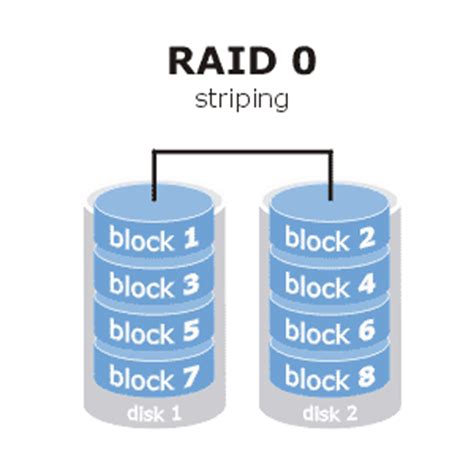
Data is stripped across multiple disks
Not Fault Tolerant (No Data Redundancy)
Advantage is speed
RAID 1: Mirroring
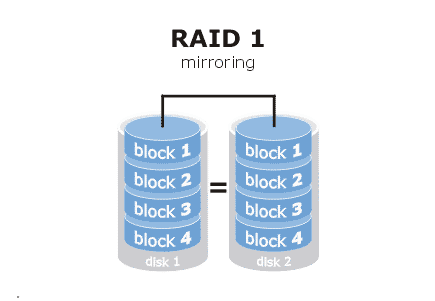
Fault Tolerant
Data is copied onto a 2nd drive
Cannot be used on more than 2 disks
RAID 5: Striping with Parity
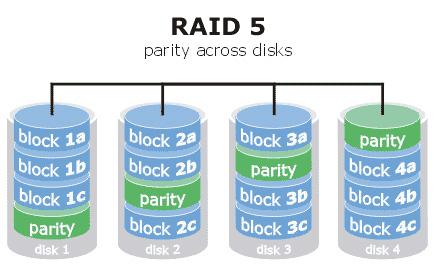
Requires 3 or more disk
Commonly used Setup
Data is stripped evenly across multiple disk along with parity
Parity is used to rebuild disk in case of failure
Can handle a single disk failure
The equivalent of an entire disk is used to store parity
RAID 6: Stripping with Double Parity
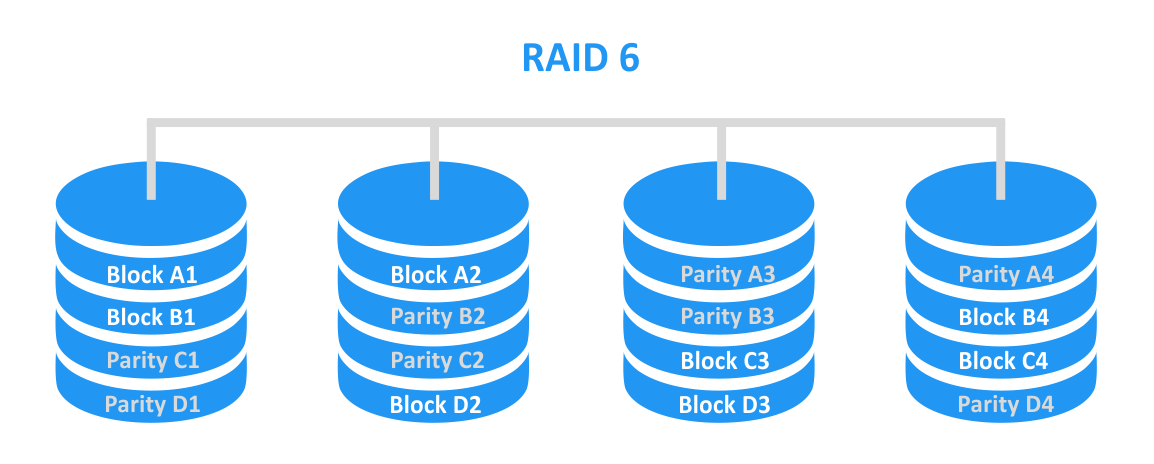
Requires 4 or more disks
Data and parity is evenly spread across the disks
Unlike RAID 5 the parity is spread twice on all disks
Can handle 2 disks failure
The equivalent of 2 entire disk is used to store parity
RAID 6 writes data slower than RAID 5 become it has to write 2 parity bits
RAID 10: Mirroring & Stripping
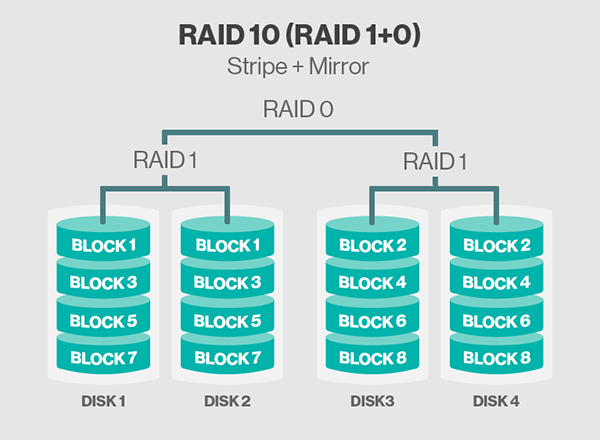
Requires even disks (min 4 disks)
Set of 2 disks are mirrored using RAID 1
And both sets are stripped using RAID 0
Provides Speed of RAID 0 and Fault Tolerance of RAID 1
Only 50% of the storage can be used to actually store data
Tolerance Types
Failure-resistant
Redundant storage to withstand hardware malfunctions without data loss
e.g. RAID 1, RAID 10 (Mirroring)
Fault-tolerant
Uninterrupted operation during hardware failures
e.g. RAID 1, 5, 6 and 10 (Mirroring or Stripping)
Disaster-tolerant
Protects data from catastrophic events
e.g. RAID 1 and 10